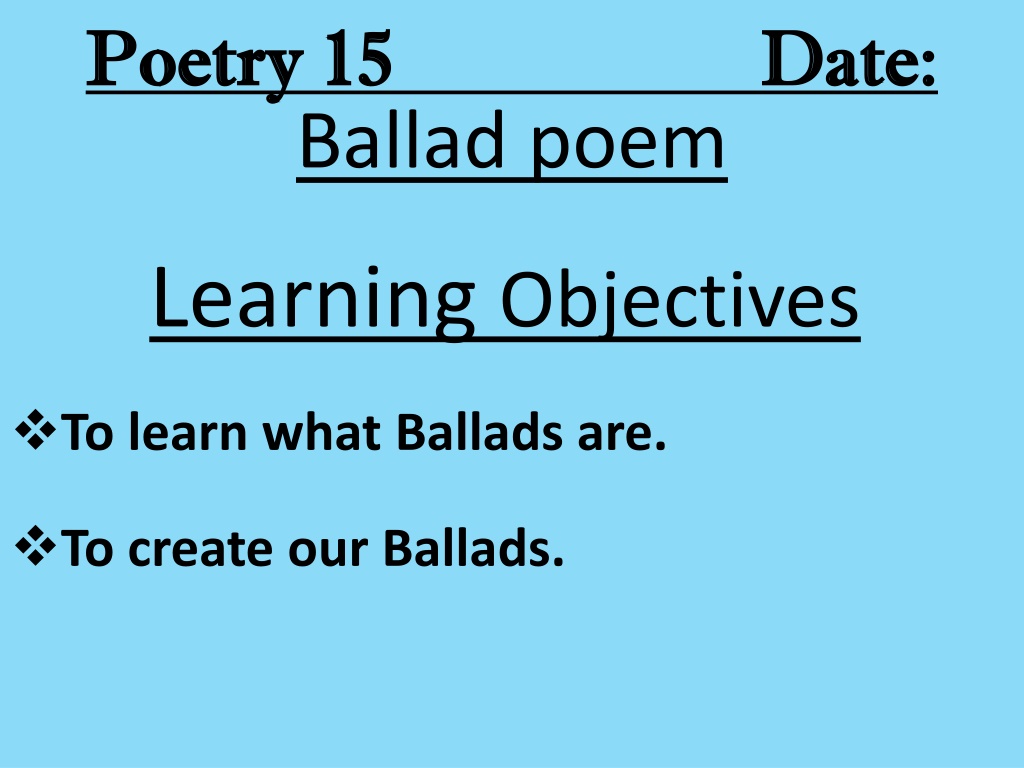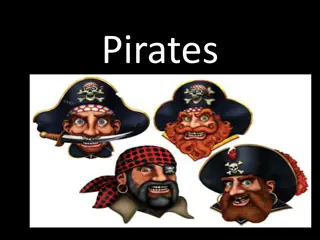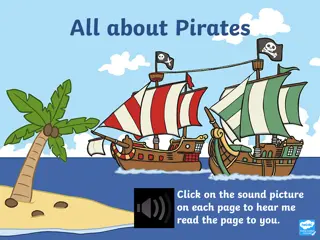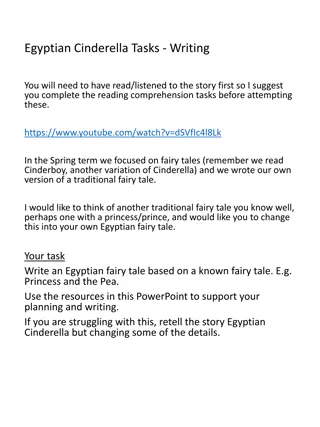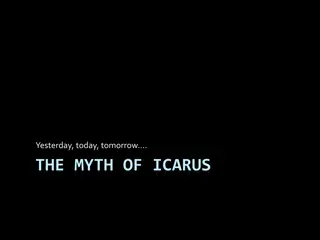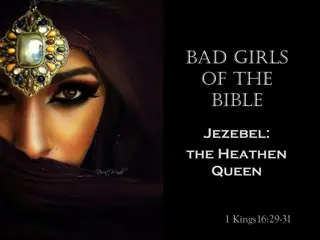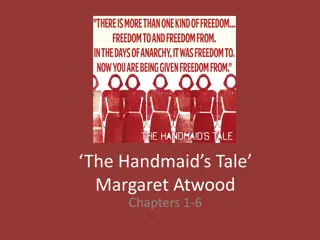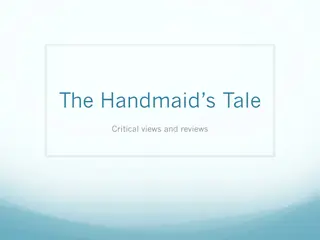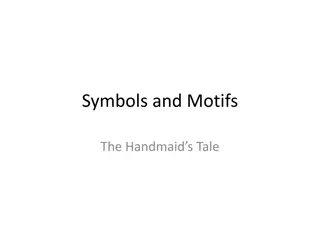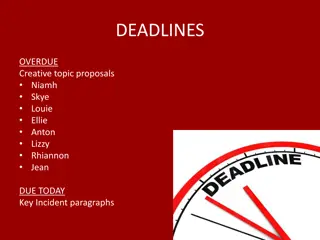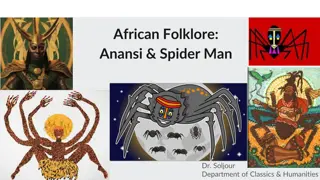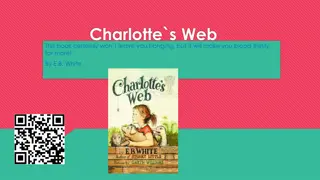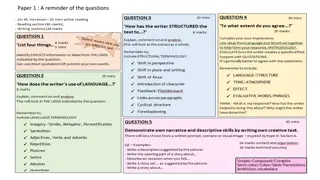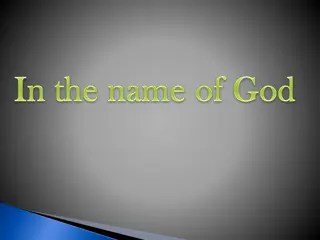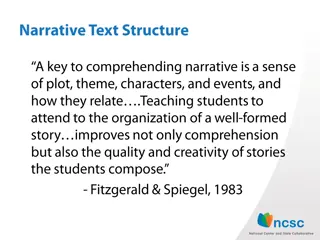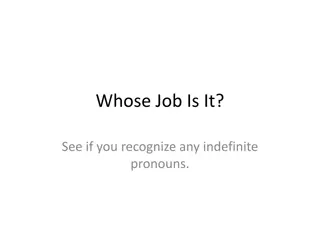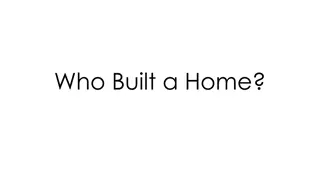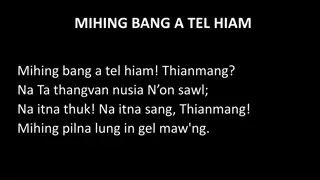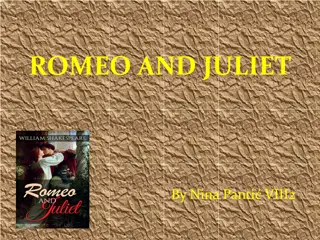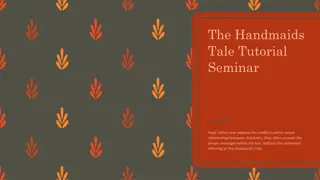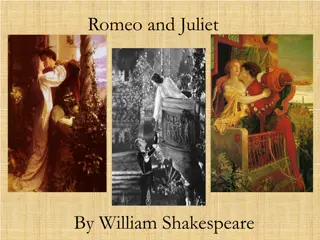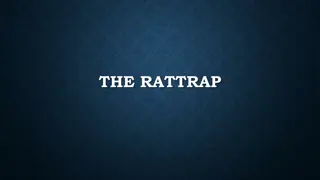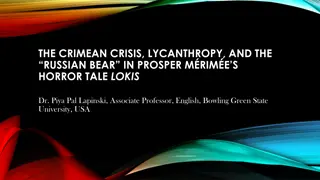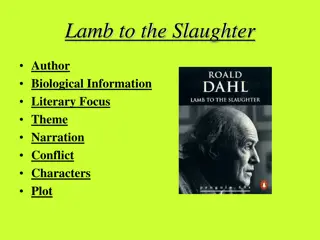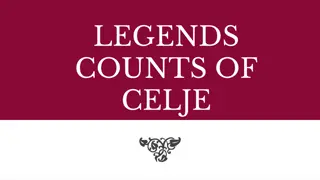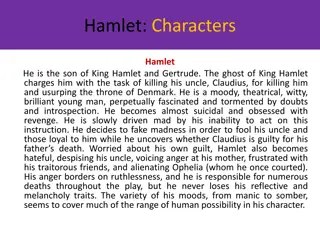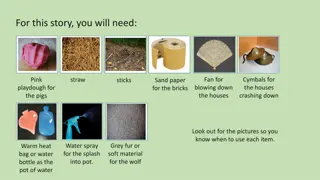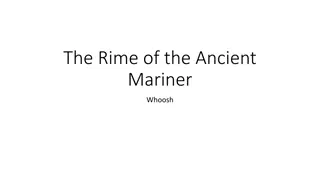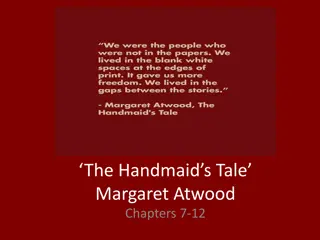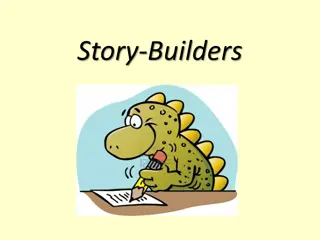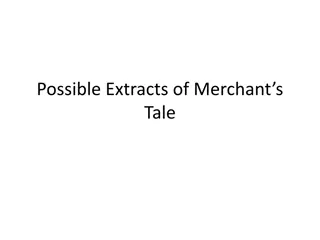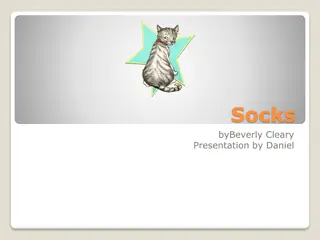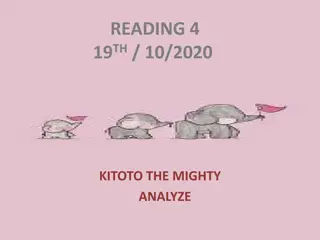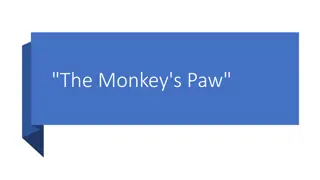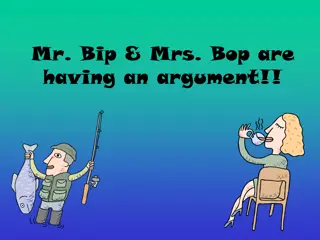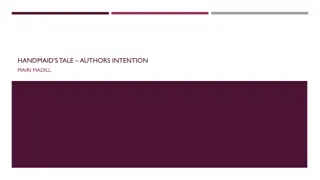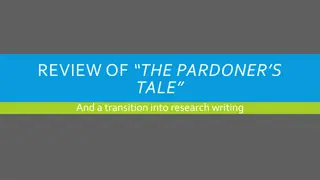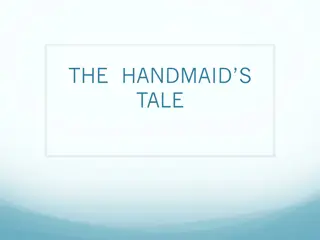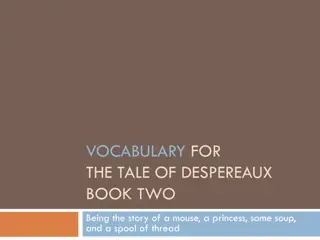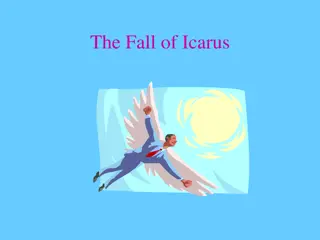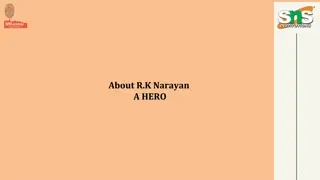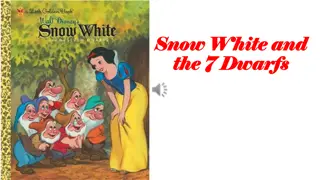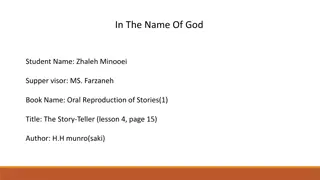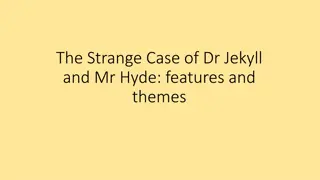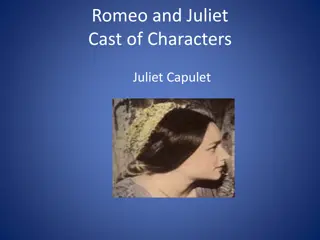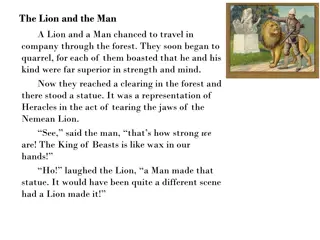The Tale of Blackbeard, Bluebeard, and Redbeard
Blackbeard, Bluebeard, and Redbeard are three pirates who set out in search of treasure but end up in a dispute over painting their boat. Unable to agree on a color, they blend black, blue, and red paints together, creating a new hue. The three pirates vanish as their ship becomes marooned, illustrating the consequences of their inability to compromise.
Download Presentation

Please find below an Image/Link to download the presentation.
The content on the website is provided AS IS for your information and personal use only. It may not be sold, licensed, or shared on other websites without obtaining consent from the author. Download presentation by click this link. If you encounter any issues during the download, it is possible that the publisher has removed the file from their server.
E N D
Presentation Transcript
Poetry 15 Date: Poetry 15 Date: Ballad poem Learning Objectives To learn what Ballads are. To create our Ballads.
In your exercise copy, summarise a story. Describe any story in three to six lines. It can be a fairytale, a movie, T.V. Show, book or any tale. Make sure you mention a beginning, middle and end.
Notes Ballad: A poem or song telling a story. Refrain: A repeated line in a poem or song. Quatrain: A poem or stanza that is made up of four lines. Iambic Rhythm: Every second syllable is stressed (deDUM, deDUM, deDUM, deDum)
Blackbeard, Bluebeard & Redbeard A Pirate Story by Eric Herman https://www.youtube.com/watch?t=278&v=e xads7KV-Y0
Blackbeard, Bluebeard & Redbeard A Pirate Story by Eric Herman Blackbeard and Bluebeard and Redbeard, they say, Hijacked a ship and went sailing away. Seaward they scudded and skipped on the breeze, Searching for treasure to plunder and seize. Riches, regrettably, couldn't be found. Ships bearing booty were nowhere around. Therefore the buccaneers wandered afloat thinking of things they could do with their boat. Bluebeard said, "Aargh, since we've nothing to do, Why don't we paint our new pirate ship blue?" Redbeard spoke up, saying, "Aye, but instead, wouldn't ye rather we painted her red?" Blackbeard said, "Blimey, you're both off the track. No other color's as handsome as black." "Blue!" shouted Bluebeard, and Redbeard yelled "Red!" Blackbeard said, "Black! You're both cracked in the head!"
Blackbeard, Bluebeard & Redbeard A Pirate Story by Eric Herman Redbeard grabbed brushes and buckets and paints Over his shipmates insistent complaints. Rather than letting him paint the ship red, They got some blue paint and black paint instead. Swiftly the three of them painted their boat, Each a completely dissimilar coat, Making a color not red, black or blue; Mixing, instead, an entirely new hue. That was the last that was seen of the three Simply because they refused to agree. They weren't torpedoed or shelled or harpooned. They disappeared, for their ship was marooned.
Exercise One in groups of four That poem was the story of three pirates. There was Blackbeard, Redbeard and Bluebeard who were all sailing around together. One day, they wanted to paint their boat but could not agree what colour. They then painted it all three colours and where never seen again. Your task is to create one ballad from a story you summarised earlier. In groups of four, decide what story to do and use these tips to help you. 1. Ballads are quatrains; four line stanza poems. You have a choice of rhyming scheme AABB, ABAB, ABCB. First decide on the rhymes. 2. Split the story into beginning-middle-end, one to two stanzas each. Help each other and let each individual take a part. 3. Ballads have iambic rhythm so use this: deDUM, deDUM, deDUM, deDum. Stress every second syllable to make it song-like.
Homework Finish the Ballad, either in groups or on your own. Make sure everyone has what you have worked on so far written down now. You will be judged on the following criteria: 1. It has a beginning, middle and end. 2. Rhymes and rhythm. 3. Each stanza is four lines.
Poetry 16 Date: Poetry 16 Date: Ballad poem Learning Objectives To examine a Ballad and answer questions about it.
As a warm up: Lets hear those Ballads. We shall ask the class what the story of each ballad was then.
The Ballad of "The Broken-Legg'd Man" by John Mackey Shaw I saw the other day when I went shopping in the store A man I hadn't ever, ever seen in there before, A man whose leg was broken and who leaned upon a crutch- I asked him very kindly if it hurt him very much. "Not at all!" said the broken-legg'd man. I ran around behind him for I thought that I would see The broken leg all bandaged up and bent back at the knee; But I didn't see the leg at all, there wasn't any there, So I asked him very kindly if he had it hid somewhere. "Not at all!" said the broken-legg'd man.
The Ballad of "The Broken-Legg'd Man" by John Mackey Shaw "Then where," I asked him, "is it? Did a tiger bite it off? Or did you get your foot wet when you had a nasty cough? Did someone jump down on your leg when it was very new? Or did you simply cut it off because you wanted to?" "Not at all!" said the broken-legg'd man. "What was it then?" I asked him, and this is what he said: "I crossed a busy crossing when the traffic light was red; A big black car came whizzing by and knocked me off my feet." "Of course you looked both ways," I said, "before you crossed the street." "Not at all!" said the broken-legg'd man.
The Ballad of "The Broken-Legg'd Man" by John Mackey Shaw "They rushed me to the hospital right quickly, "he went on, "And when I woke in nice white sheets I saw my leg was gone; That's why you see me walking now on nothing but a crutch." "I'm glad," said I, "you told me, and I thank you very much!" "Not at all!" said the broken-legg'd man.
Exercise One: Answering questions on a poem Make sure you write down the questions clearly and label them. Read the poem at least once more and read every question twice. 1. What is the story of this poem? 2. Who is the poet and what lesson does he want us to learn? 3. What do you call a repeated line in a poem? What do you think of the line repeated in this poem? 4. Do you like the poem? Why?
Homework We re about to jump into themes from here on so here is your next task. What is your favourite type of story and why? Four to five sentences explaining your answer.
